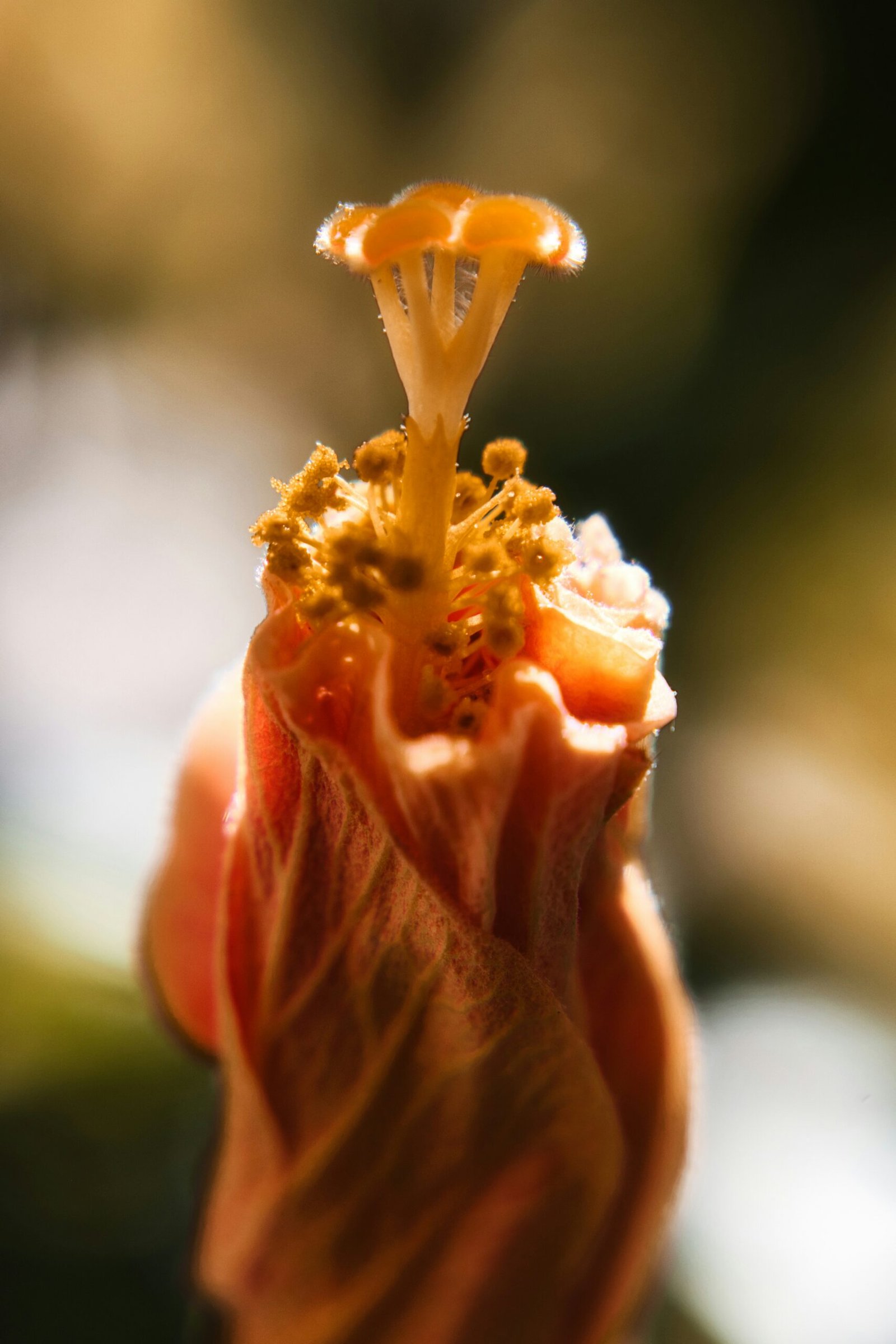The hibiscus plant is a beautiful and vibrant addition to any garden or landscape. Known for its large, showy flowers in a variety of colors, this plant is sure to catch the eye of anyone passing by. In this article, we will explore the care, germination process, and ideal sowing conditions for the hibiscus plant.
Table of Contents
Short Description
The hibiscus plant, scientifically known as Hibiscus rosa-sinensis, is a tropical flowering plant that belongs to the Malvaceae family. It is native to Asia and the Pacific Islands but is now cultivated in many parts of the world for its ornamental value. The plant can grow up to 15 feet tall and produces large, trumpet-shaped flowers that can be red, yellow, pink, orange, or white.
Product Name
There are various cultivars of hibiscus plants available, each with its unique characteristics and flower colors. Some popular cultivars include ‘Red Dragon,’ ‘Snow Queen,’ ‘Yellow Queen,’ and ‘Pink Lady.’
Care
The hibiscus plant requires specific care to thrive and produce healthy blooms. Here are some essential care tips:
Light and Temperature
Hibiscus plants thrive in full sun, so it is vital to place them in an area that receives at least six hours of direct sunlight each day. They prefer temperatures between 60°F (15°C) and 90°F (32°C). Protect them from frost and extreme cold, as they are sensitive to low temperatures.
Watering
Keep the soil consistently moist but not waterlogged. Water the plant deeply, allowing the water to penetrate the root zone. Avoid overwatering, as it can lead to root rot. During hot summer months, the plant may require more frequent watering.
Soil and Fertilizer
Hibiscus plants thrive in well-draining soil that is rich in organic matter. A slightly acidic to neutral pH level (6.0-7.0) is ideal. Use a balanced slow-release fertilizer formulated for flowering plants to promote healthy growth and abundant blooms. Apply the fertilizer according to the package instructions.
Pruning
Prune the hibiscus plant in early spring to remove dead or damaged branches and promote bushier growth. Regular pruning also helps maintain the desired shape and size of the plant. Remove any suckers or shoots that emerge from the base of the plant.
Germination
The germination process for hibiscus seeds can be a bit challenging, but with the right conditions, you can successfully grow these plants from seeds. Here’s how:
Temperature
The ideal germination temperature for hibiscus seeds is between 70°F (21°C) and 85°F (29°C). You can use a seedling heat mat or place the seeds in a warm location to maintain the required temperature.
Soil Temperature
The soil temperature should be around 70°F (21°C) for successful germination. You can use a soil thermometer to monitor the temperature or place the seed trays on a warm surface.
Sowing Months (North and South)
In the northern hemisphere, the best time to sow hibiscus seeds is in late winter or early spring, around February or March. In the southern hemisphere, sow the seeds in late summer or early autumn, around August or September.
Sowing Distance
When sowing hibiscus seeds, space them about 1 inch apart in a seed tray or individual pots. Cover the seeds lightly with soil, about 1/4 inch deep. Keep the soil consistently moist until germination occurs, which can take anywhere from 1 to 3 weeks.
Once the seedlings have developed several true leaves, they can be transplanted into larger pots or directly into the garden, depending on the local climate and growing conditions.
In conclusion, the hibiscus plant is a stunning addition to any garden, with its vibrant flowers and lush foliage. By providing the right care, ensuring proper germination conditions, and sowing the seeds at the appropriate time, you can enjoy the beauty of hibiscus plants in your own outdoor space.
For more information and to purchase hibiscus plants, visit Nursery Kart, where you can find a wide variety of cultivars to suit your preferences.



One thought on “The Hibiscus Plant: A Guide to Care, Germination, and Sowing”
Comments are closed.